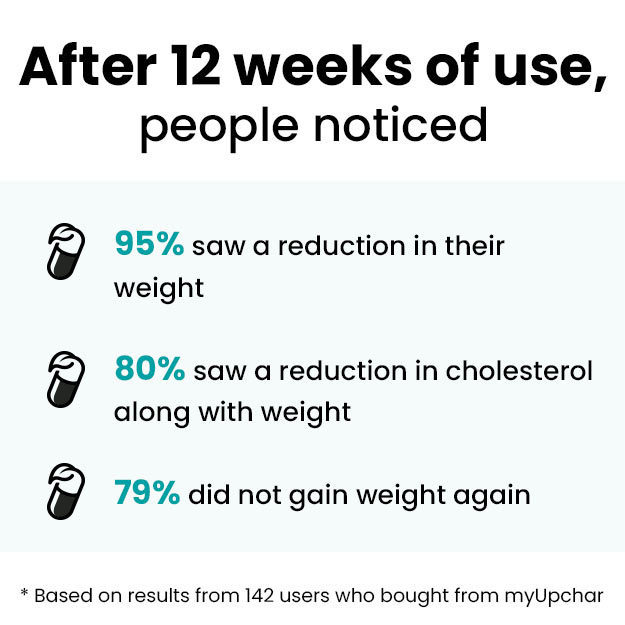As of 17 November 2020, more than 55 million people worldwide have been infected with COVID-19, caused by a novel strain of coronavirus, across the globe. And the global death toll of COVID-19 has crossed 1.32 million.
Doctors and policymakers have been asking people to stay indoors especially those who already have a pre-existing medical condition.
During this pandemic, the World Health Organization (WHO) has asked health officials to ensure that essential services are being provided to people suffering from long-standing health problems like tuberculosis (TB).
According to the WHO Global Tuberculosis Report 2019, India accounts for 27% of all tuberculosis cases in the world. Not only that, but about 280,000 people also die from TB in India annually.
Taking these high numbers into consideration, the WHO has asked its regional and country offices to make sure that during the COVID-19 pandemic, the continuity of vital services for the people affected with TB is maintained.
There are a few questions that are being asked by people who are suffering from or who have just recovered from this infection caused by Mycobacterium tuberculosis. Here in this article, we will be addressing the concerns related to TB and COVID-19 infection.






























